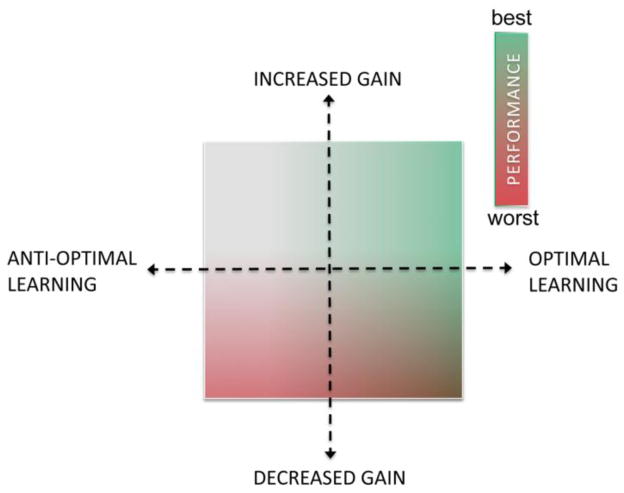Fig 1. Conceptual mapping of performance onto dual axes of learning/synaptic weights and output/system gain.
Color mapping of performance on the two axes of synaptic weight optimization (selectivity, horizontal axis) and system gain (vertical axis). Normal/increased dopamine with optimized weights (upper right quadrant) results in optimal performance (green shading). In contrast, sub- or anti-optimal weights in combination with diminished gain from dopamine denervation (lower left quadrant) results in impaired performance (red shading). In the lower right quadrant, performance is contingent upon both factors such that optimal weights will support performance even with diminished gain associated with dopamine loss, to a degree. Moreover, the less weights are optimal, the less protection is provided. In the upper left quadrant, with normal dopamine but sub- or anti-optimal learning, the effects are unknown but likely favor impairment. According to the hypothesis advanced here, the upper right and lower left quadrants are clearly defined as healthy and Parkinsonian. However, during early and middle stages of the disease, particularly under dopamine replacement therapy, most patients will likely function alternatingly in the less understood upper left and lower right quadrants.

